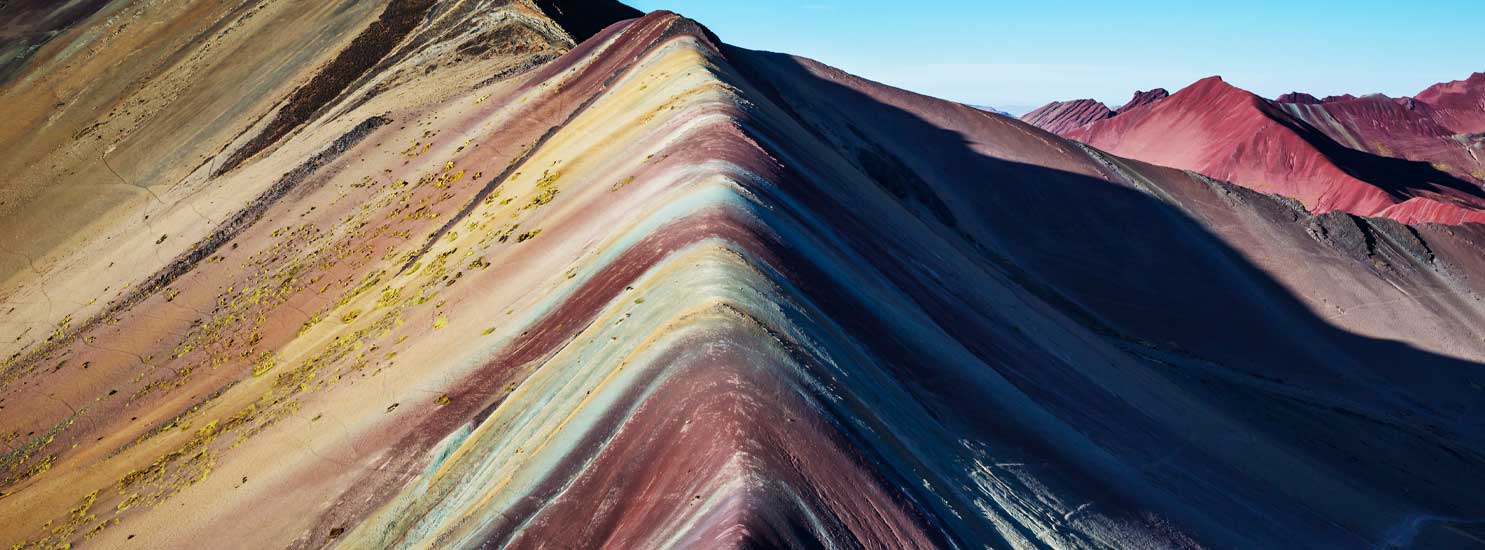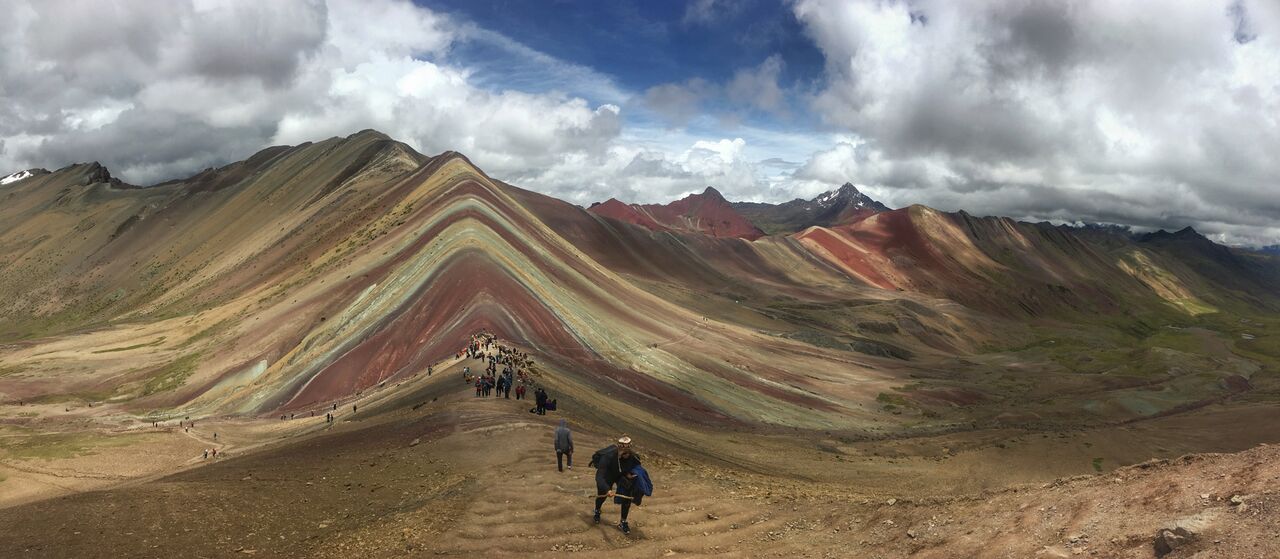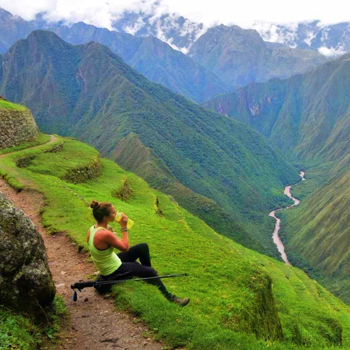
How Was Rainbow Mountain Formed?
Rainbow Mountain Peru is a wonderful mountain within the Vilcanota mountain range in the southern Andean region of Peru. Locally known as “Vinicunca”, the mountain is famous for displaying a colorful rainbow-like pattern, hence the name. Because of it’s rare appearance, many have the same question: how was Rainbow Mountain formed? Here we give the complete explanation!

How was Rainbow Mountain formed?
Mountains around the world are formed as a result of the convergence of tectonic plates, erosion, volcanic activity and other geological factors. However, one thing that all mountains have in common is that it takes millions of years for their formation. Over time, erosion from different elements such as wind, rain, etc. causes their surfaces to be younger than the rocks which initially formed them.
Many mountains are mineral rich due to a complex geological mixture of marine, lake and river sediments. Their stories began several million years ago. At that point in time, alterations on the earth’s crust caused the movement of tectonic plates which generated ravines between layers of ancient soils. The ravines exposed a tremendous wealth of mineral rock sediments such as sandstones, halites, gravel, and limestones that range from ocher, green, mustard yellow and white among others.
What makes this mountain different?
In the case of Rainbow Mountain, the minerals from such soils were eroded and transported by the water that covered the area during ancient times. Over time, the minerals piled up over one another forming layers of different colors arranged according to the weight of each mineral. Further tectonic movements elevated such layered sediments, which will later become the top of Vinicunca mountain range. The oxidation of the minerals gave rise to the bright colors we see today. However, this spectacular rainbow on earth was later buried under snow which covered the entire Vilcanota mountain range due to the climatic conditions at that time. Nowadays, the rise in temperatures has caused the snow on Rainbow Mountain to melt away exposing these sediments once again.

What minerals produce such bright colors?
Studies done on samples taken from the site indicate that the colors exhibited are due to the following mineral composition:
- Pink: mixture of red clay, mudstone and sand.
- White: sandstone (quartz sand) and limestone.
- Purple or lavender: marlstone (mixture of clay and calcium carbonate) and silicates.
- Red: argillites and clays.
- Green: clays rich in ferromagnesian minerals (mixture of iron and magnesium) and copper oxide.
- Yellowish brown, mustard or golden: limonites, calcareous sandstones rich in sulfur minerals.
- Earthy brown: fanglomerates composed of manganese rocks dating back to the quaternary era.

This colorful display is a spectacle of nature that transports us back through millions of years of earth’s history. Moreover, it is one of the most breathtaking and unusual geological features in the world. Rainbow Mountain Peru is yet another example of the lovely natural beauty that can be found in Peru. You have to see this place for yourself! Start planning your trip by checking out these pages: how to get there, safety advice, best tour operators, and what to bring!









